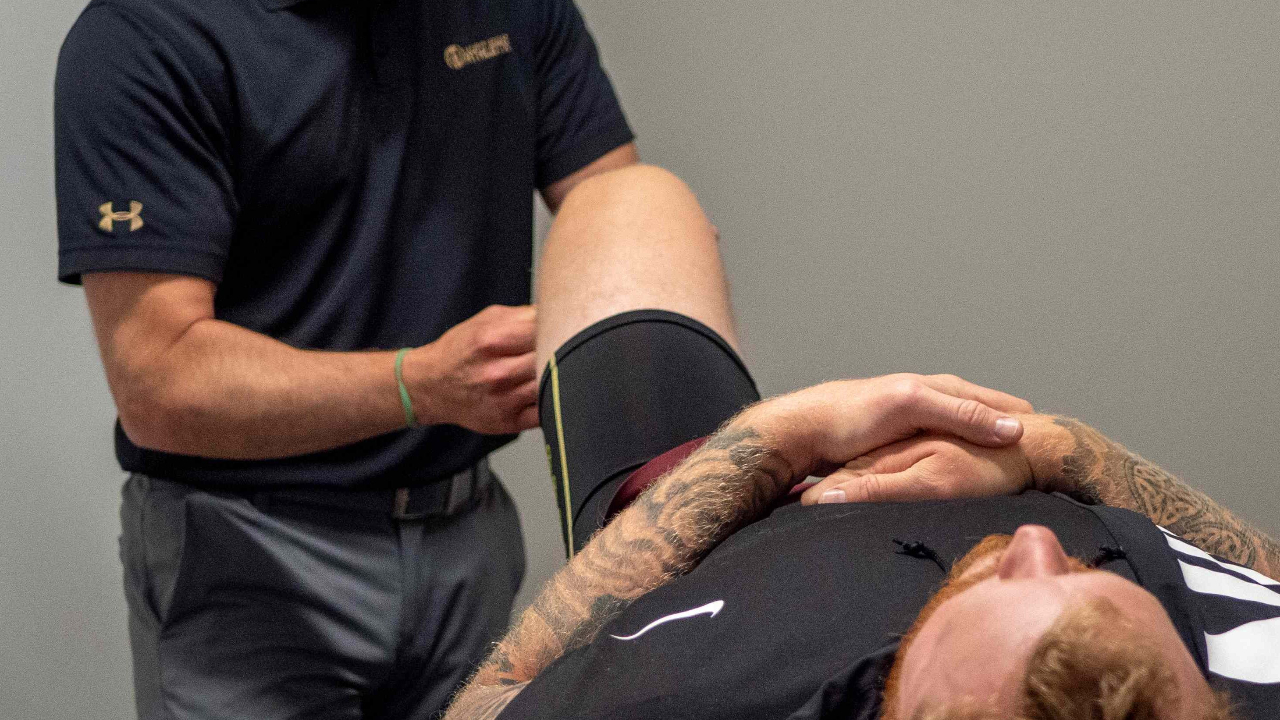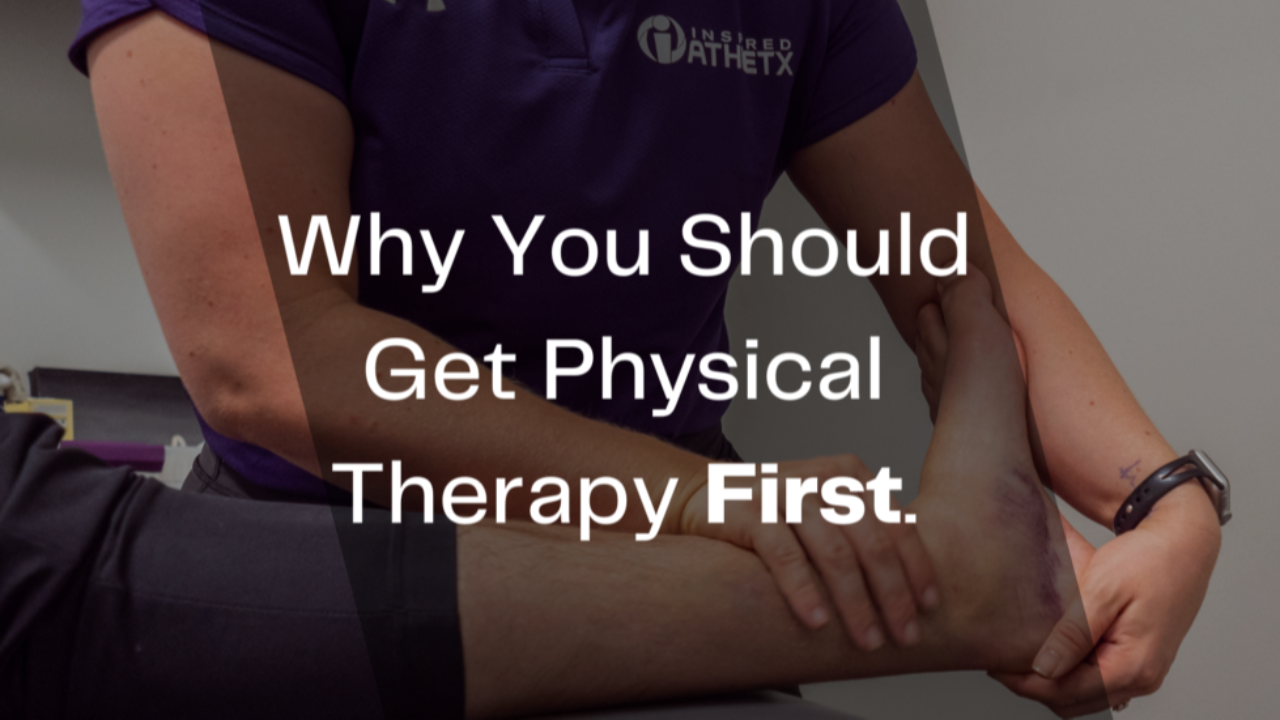
Summer Safety: Heat Illness
Jun 12, 2019By: Molly King
You may have recently seen a story on ESPN or local news about an independent investigation into the heat stroke-related death of Garden City Community College football player Braeden Bradforth. Bradforth, a nineteen year-old offensive lineman with his whole life ahead of him, is becoming another statistic, one of the average three football players who die from heat stroke every year. Football players are certainly at a higher risk of heat illness due to the culture of two a day practices in the offseason, the surface on which they practice, and their heat retaining protective gear, but any athlete can suffer from exertional heat illness. Here are the need to knows of heat illness as we head into the summer months.
What is exertional heat illness (EHI)?
Exertional heat illness is an umbrella term that includes any medical condition directly related to exercising in excessive heat. It includes exercise-associated muscle cramps, heat syncope, heat exhaustion, and exertional heat stroke.
Exercise-Associated Muscle Cramps:
Sudden and involuntary, painful muscle contractions during or after exercise.
Heat Syncope:
Dizziness or fainting occurring in people who have stood in the heat or who change body position (i.e. sit to stand) in the heat.
Heat Exhaustion:
The inability to effectively exercise in the heat due to dehydration, low blood pressure, decreased cardiovascular system efficiency, and fatigue. Symptoms include elevated body temperature (usually less than 105℉), cool/clammy skin or goosebumps, dizziness, fainting, cramping, headache, nausea, confusion, low blood pressure and heart rate.
Exertional Heat Stroke:
The most severe heat illness in which the body’s heat regulation system becomes overwhelmed, resulting in impaired heat dissipation, central nervous system dysfunction, and, if not treated immediately, death. Symptoms include high body temperature (greater than 105℉), signs of central nervous system dysfunction (loss of consciousness, personality changes, confusion, seizures), hot/flushed skin, excessive sweating. This is a medical emergency that requires immediate medical attention.
Risk Factors
- Previous history of heat illness
- Unacclimated to the heat
- Currently ill
- Climate – High temperature, reduced wind speed, and high humidity all increase the likelihood of heat illness, but heat illness can occur in “normal” conditions if exercise is intense enough
- Other environmental factors
- Lack of shade
- Playing surface – Rubber-based turf retains heat from the sun; temperatures can be 10-20 degrees warmer on turf than on grass
- Uniforms/protective equipment – Dark colored uniforms that don’t breathe and protective equipment like football helmets and padding trap heat close to the body
- Overweight and obese athletes
Prevention
Prior to Scheduled Practice
- Early recognition of risk factors like body weight, previous history of heat illness, unacclimated state, or current illness
- Adequately train coaching staff to recognize heat related illness and provide first aid
- Have a trained medical professional (certified athletic trainer) on site at all times
- 7-14 day heat acclimatization period of proffressiving increasing intensity and duration of physical activity and phasing in of protective equipment
Daily
- Monitor wet-bulb globe temperature (WBGT), the most accurate assessment of environmental conditions, throughout practice and adjust accordingly
- Wear light colored, breathable clothing
- Fluids – Athletes should always have free access to water and should be encouraged to drink at rest breaks. Never withhold fluids as punishment. During intense and prolonged exercise, provide sports drinks or supplemental sodium to replace electrolytes lost in sweat.
- Scheduled, shaded rest breaks
High Heat Index Days
- Additional shaded/cooled rest and fluid breaks
- Limit outdoor exercise to early in the morning
- Access to ice tubs and towels
Treatment
Exercise-Associated Muscle Cramps:
Rest, stretch, massage, ice, rehydrate and provide supplemental sodium in a tablet or liquid form.
Heat Syncope:
Move the patient to a shaded area, monitor vital signs, elevate the legs, cool the skin with cold, wet towels, and rehydrate.
Exertional Heat Exhaustion:
Remove clothing and equipment, move to a cool or shaded area, cool with fans and ice towels, monitor vitals, rehydrate. If symptoms do not improve within 30 minutes or if they worsen, call 911.
Exertional Heat Stroke:
Immediate body cooling in a tub of cold water, remove excessive clothing/equipment, call 911 and transport to a medical facility via ambulance.
If you have any questions regarding heat illness and exercise safety, please email me at [email protected].




